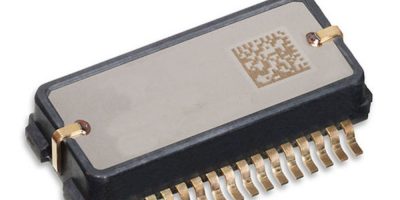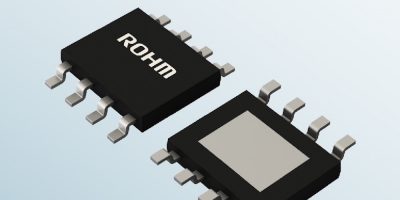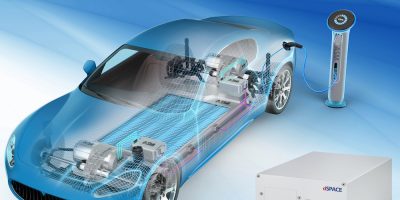For safety-critical automotive applications, Murata offers the SCHA600, six degrees of freedom (DoF) xyz axis MEMS inertial sensor with patented self-test function for continuous monitoring.
The single package sensor offers cm-level accuracy for vehicle dynamics and position, for safe, robust and verified autonomous driving and in advanced driver assistance systems (ADAS).
The SCHA600 is qualified to AEC-Q100, includes advanced self-diagnostic features and complies to ASIL-D.
With an Allan variance down to 0.9 degrees/h at room temperature and gyro RMS noise level below 0.007 degrees/s, the sensor is claimed to deliver best in class performance for automotive applications in regard to bias stability and noise. The orthogonality of the measurement axis is calibrated at Murata to save systems integrators time and money.
The SCHA600’s failsafe functions and error bits for diagnostics include internal reference signal monitoring, checksum techniques for verifying communication and signal saturation/over range detection. Its component-level dynamic cross-axis calibration enables better than 0.3 degrees cross axis error over temperature.
The three-axis accelerometer contains a diagnostic feature of a continuously operating self-test function to monitor the sensor during measurement. This patented self-test function verifies the proper operation of the entire signal chain from MEMS sensor movement to signal conditioning circuitry for every measurement cycle.
The component is supplied in a SOIC housing body with dimensions of 18.7 mm x 8.5 mm x 4.5 mm and with 32 pins. Operating temperature range is −40 to +110 degrees C. Samples are available now.
Murata manufactures electronic components, modules and devices. The company’s range includes ceramic capacitors, resistors/thermistors, inductors/chokes, timing devices, buzzers, sensors and EMI suppression filters. As well as ceramic capacitors, the company manufactures Bluetooth and Wi-Fi modules, board-mount DC/DC converters and standard and custom AC/DC power supplies.
Established in 1944, Murata is headquartered in Japan and has European offices in Finland, France, Germany, Hungary, Italy, the Netherlands, Spain, Switzerland and the UK.







